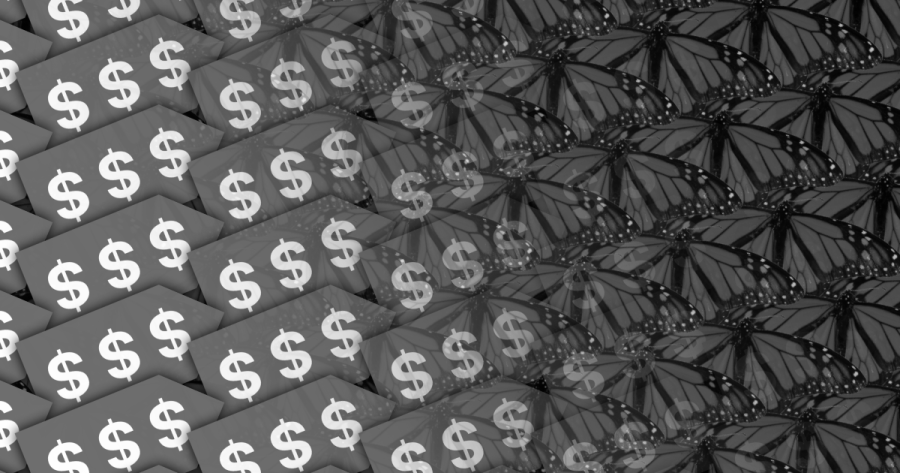OPINION: Love the art, but hate the market
Art changes. Throughout history, art has evolved alongside the struggles and successes of every generation. Many factors have influenced the evolution of art; however, the prime motivation for creating art has changed in the modern world.
Art has begun to become an asset to invest in, rather than be appreciated. This dangerously cheapens the value of art as a cultural value in society, and this needs to change.
During the period of the Classical Greeks, art often represented mythical and religious iconography and was treated with the same reverence as the deities they represented. Over time, art became a tasteful acquisition that was a sign of wealth and culture, its close ties to social standing encouraging high spending and investment in the art community.
This relationship has changed between the artist and buyer as art becomes an asset to invest in. While still cherished by many in more traditional fashions, art being used as investment has seen an upward trend as of late. Influential magazines such as Forbes have recommended contemporary art as a new, stable form of investment.
Art is often considered a good investment due to its stability and potential to appreciate in value over time compared to other fungible investments. This new form of investment, aided in part with online selling, has grown alongside art sales overall, according to the 2021 Hiscox Online Trade Report.
The recent attitude changes toward art has begun to impact what influences and motivates its creation. According to economist Allison Shrager of Quartz Magazine, the art market has become increasingly manipulated with the intent to develop art that is more appealing to investment rather than appealing to aesthetic or emotion. This manipulation and encouragement of targeted art has impacted many different subgenres, but none more than contemporary creations.
Contemporary art has always served as a point of contention in the art world due to its subjective and ever evolving nature. The addition of investments as an incentive has further increased the polarizing views of the genre. Artists such as Damien Hirst have garnered controversy for their art, often viewed as cash grabs and appealing to the investor market rather than the traditional art market.
Hirst’s art has been criticized in the art community for its flat and unprovocative nature. Furthermore, Business Insider reported Hirst has only painted 25 out of the 1365 that bear his name. Although his art has declined in popularity and value in recent years, he remains a prominent example in how the art economy encourages an investor market.
As modeled by Hirst, contemporary art has influenced the rest of the market, making it increasingly difficult to finance projects that don’t conform to ideals preferred by the investment community. The market is saturated with derivatives and copies, but the money coming in from investors creates an increased demand for more manufactured art. This negatively impacts both the artist and enjoyers as art becomes a generic and formulaic commodity rather than, well, art.
As the art world evolves to its newest evolution, the practice of utilizing art as merely a form of investment continues to hurt those who make it by prioritizing investability over creativity. The art world, particularly the contemporary art sphere, must change and adapt to remain creative and avoid becoming homogenized and banal.


